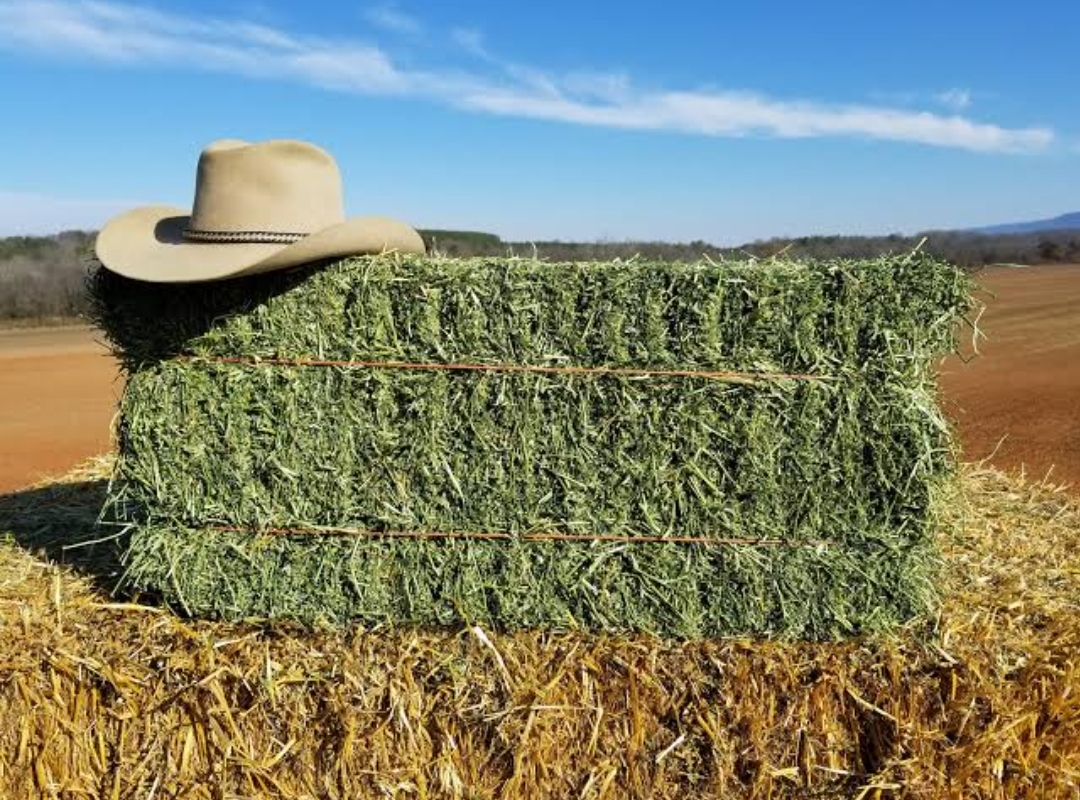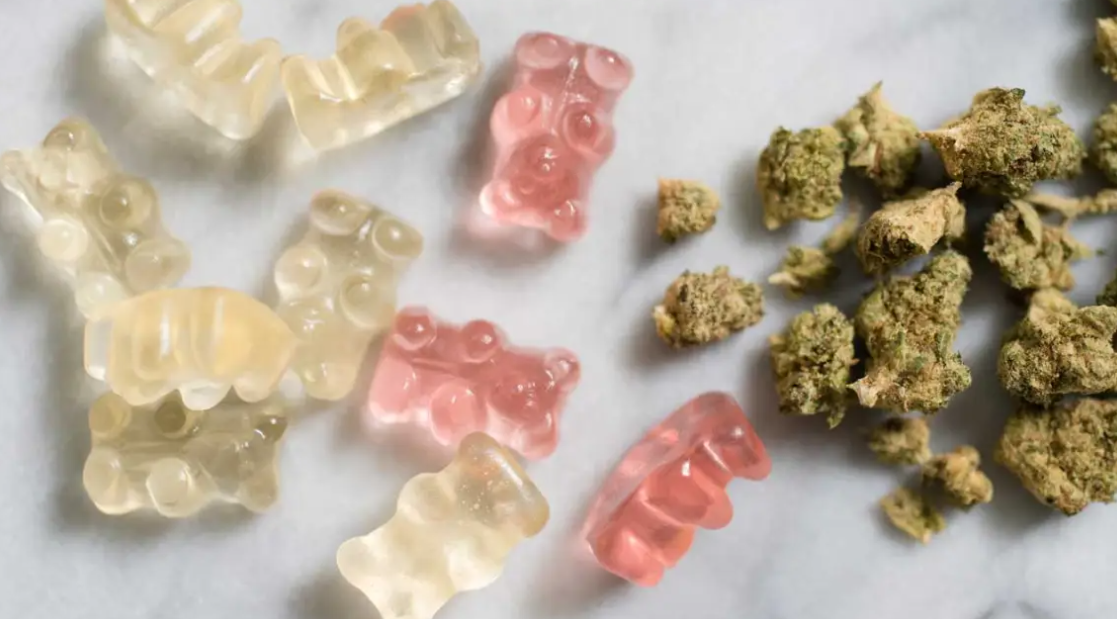Optimal Storage Conditions for Alfalfa Hay Bales

Alfalfa hay, a crucial dietary element for livestock like horses, cattle, goats, and rabbits, demands meticulous storage for optimal benefits. To preserve its quality and nutritional richness, prioritize dry storage, ensure adequate ventilation, shield it from direct sunlight, and maintain consistent temperatures. These key conditions safeguard alfalfa hay, ensuring it remains a valuable and nutritious feed for livestock.
Essential Tips for Alfalfa Hay Storage
Baling and Packaging
Proper baling and packaging are the first steps in preserving the quality same as bought from alfalfa hay suppliers during storage. Bales should be compact, well-formed, and tightly bound to minimize exposure to air and moisture.
Storage Location
Selecting the right storage location is vital for Alfalfa hay. It should be stored clean, dry, and well-ventilated, and the Barns or sheds with proper roofing shielding hay from rain and direct sunlight are excellent choices.
Stack Height
Hay bales must have enough space between them to allow for adequate airflow to be stored properly. Bales that are stacked too high may become squashed and need more ventilation. Heat accumulation and mold may result from this, and it is advised to keep your stacks modest and dispersed to avoid this.
Quality Testing
Regularly tests the quality of your alfalfa hay through laboratory analysis. It provides essential information about the nutrient composition, allowing for adjustments in feeding programs and storage conditions. Testing can help detect deviations from the expected nutritional values and guide appropriate storage practices.
Hay Preservatives
The best method to store Alfalfa hay is using preservatives to inhibit mold and yeast growth. These additives can be particularly beneficial in regions with high humidity or during inclement weather. Consult with agricultural experts or extension services to determine the most suitable preservatives for your specific conditions and requirements.
Hay Covers
It is advisable to invest in high-quality hay covers that can shield them from harsh elements such as dust, sunlight, rain, etc. Proper storage is key to maintaining the quality of alfalfa bales and investing in high-quality hay covers can make the process easier and more effective.
Rotation and Inventory Management
When storing alfalfa hay, adopting a storage system that follows a first-in, first-out (FIFO) approach is important. It means that older batches of hay should be used before newer ones. Doing so can minimize the risk of spoilage and ensure that your hay stays fresh for longer periods.
Humidity Control
To prevent mold growth and to control humidity in storage areas, use dehumidifiers or moisture-absorbing products to help maintain the right conditions for preserving hay.
Regular Inspections
Conduct routine inspections of stored alfalfa hay. Check for signs of mold, discoloration, or unusual odors. Address any issues promptly to prevent further deterioration and ensure that only high-quality forage is provided to animals.
Emergency Preparedness
Develop contingency plans for unforeseen events such as storms, floods, or equipment failures that may impact hay storage. A well-thought-out emergency plan can minimize potential damage and help salvage stored hay in crises.
Monitoring Moisture Levels
Regularly monitor the moisture content of alfalfa hay, especially during storage. Investing in a moisture meter can provide accurate readings, enabling prompt adjustments if moisture levels deviate from the optimal range.
Pest Control
Pests can still be a concern and damage the hay or introduce contaminants. Implementing measures to control pests by using natural remedies or safe insecticides is recommended. It is the best Alfalfa storage tip that will help to protect the alfalfa hay from unwanted visitors.
Key Factors Influencing Alfalfa Hay Quality
- Moisture Content
- Temperature
- Light Exposure
- Ventilation
- Moisture Content
Moisture content is one of the most important variables influencing alfalfa hay quality, and it should have a 10% and 20% moisture content. Excessive moisture levels can encourage mold growth, which reduces the hay’s nutritional value and puts animals’ health in danger. Conversely, excessive dryness can cause nutrition loss and leaf shattering.
- Temperature
Alfalfa hay quality is significantly influenced by temperature. A reduction in nutritional content and color fading might result from excessive heat. On the other hand, hay exposed to frigid temperatures may become brittle and lose its flavor. Its nutritional integrity must be preserved at a steady, temperate temperature.
- Light Exposure
Exposure to sunlight can cause significant nutrient degradation in alfalfa hay. Ultraviolet (UV) rays can break down vitamins and proteins, decreasing overall quality. Proper storage should minimize exposure to direct sunlight to preserve the hay’s nutritional value.
- Ventilation
It is essential to have enough ventilation to stop the growth of mildew and mold. Alfalfa hay should be stored in areas with good ventilation to help keep moisture levels at their ideal levels and to stop respiratory problems in animals who eat the hay.
Conclusion
Proper storage conditions are paramount to maintaining alfalfa hay’s quality and nutritional value. Farmers and animal owners can ensure that their livestock receive the full benefits of this nutritious forage by paying attention to moisture content, temperature, light exposure, and ventilation.





